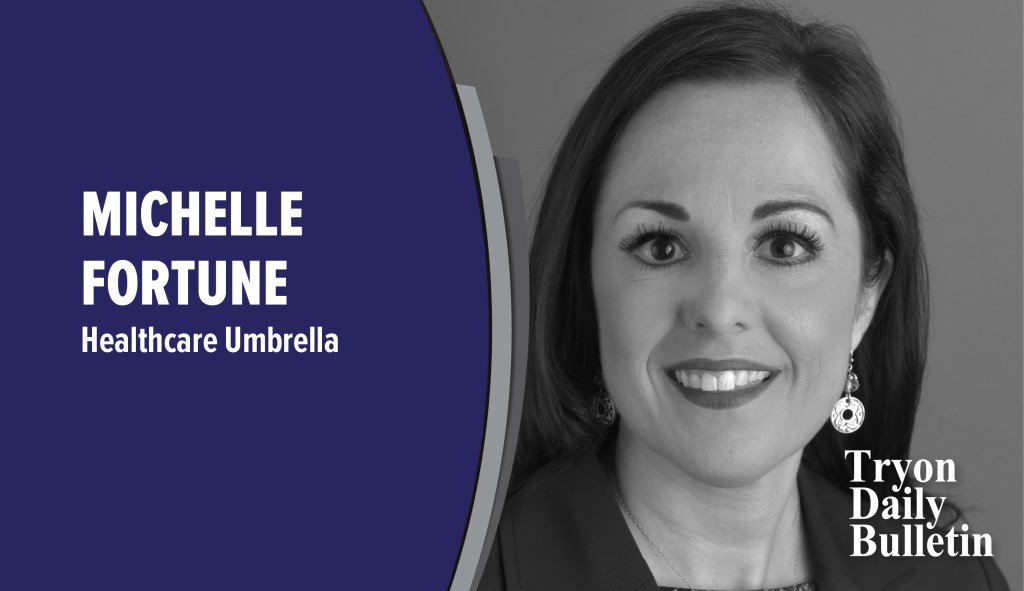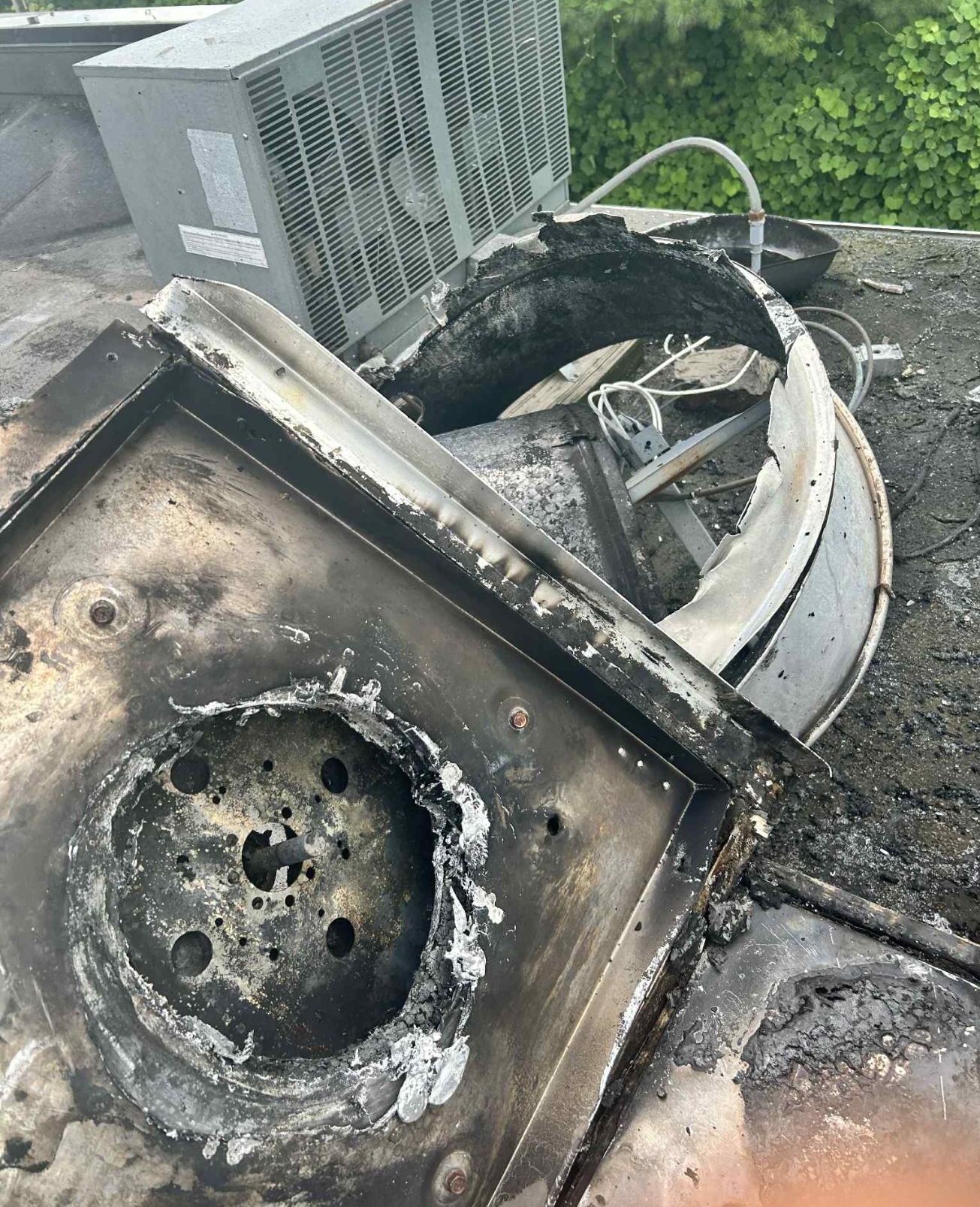Are you at risk of falling?
Published 11:57 am Monday, November 13, 2023
|
Getting your Trinity Audio player ready...
|
Today’s topic is fall risk assessment and prevention. Recently, I chatted with a friend who had gone to France on a three-week vacation, and nine days into the trip, she experienced a fall and suffered multiple fractures. Not only did the fall ruin her excursion, but she is now dealing with surgeries and prolonged recovery. My friend’s experience reminded me of the vigilance required in assessing our risk for falls, and the need to reduce that risk.
Falls can significantly threaten the quality of life, often resulting in a decline in the ability for self-care and daily participation in activities. The fear of falling is a factor that could further limit activity.
Research shows as we advance in age falls are likely to occur more often. More than 25% of people aged 65 years and older experience an increase in falls, and about ten percent of those falls are severe. The statistics show the older you are, the more serious the injury from falls. The medical costs in the United States for falls total nearly $30 billion annually.
Intrinsic risk factors (within-person and including age-related physiologic changes and medical conditions) and extrinsic (external factors like medications, drugs, alcohol, and accidents) increase the likelihood of a fall. People frequently recognize environmental hazards like rushing and distractions as causes of falls but seldom acknowledge health factors as the reason for their tumble.
The American Geriatrics Society and British Geriatrics Society (AGS/BGS) recommend annual fall assessments for all adults 65 years and older. A fall risk assessment, necessary for the Welcome to Medicare exam, incorporates multiple tests to identify risk factors, including taking medications that make you dizzy. Prevention strategies, including exercise programs and assistive devices, help you lead a healthier life.
People try to reduce their fall risk by being more careful or limiting activities. But these approaches aren’t enough. A fall risk assessment helps you identify measures that you need to take to reduce your unique risks and maximize your ability to move and be active.
The risk assessment identifies balance issues, gait disorders, mild cognitive impairment, vision problems, medication, low physical activity, and more. The assessment includes a 30-second chair stand test, four-stage balance test, time up and go test, cognitive test, and questions about recent falls.
Even mild exercise helps to make your muscles stronger and more flexible, and exercising with purpose helps with balance. Balance exercises include toe stands, knee curls, leg extensions, and stretching. Tai Chi is an excellent balance-enhancing program. Swimming pool resistance exercise is another wonderful activity for improving balance while building strength.
The recommendations from your provider will depend on your assessment. But may include some of the following recommendations:
- Get up slowly to prevent dizziness.
- Have an assistive device tailored to your height.
- Install grab bars in the bathroom.
- Change medication or reduce dosage
- Take vitamin D supplements if you are vitamin deficient.
- Try group exercise classes such as Tai Chi.
- Visit the eye doctor to correct any vision problems.
- Utilize physical therapy to build strength and improve balance.
- Work with occupational therapy to improve your home environment.
The physical and occupational therapists at St. Luke’s Rehabilitation Center are excellent resources for performing fall risk assessments for intrinsic falls. These assessments don’t take long and can be a fantastic preventative screening that can help preserve your independence. And if you are at an increased risk for falls, our staff can customize strength conditioning and balance enhancement programs.
For an assessment and conditioning program, ask your provider for a referral. To learn more about our rehabilitation services, visit StLukesNC.org/rehab.
If you have a healthcare topic of interest or want to learn more about St. Luke’s Hospital, please note me at Michelle.Fortune@slhnc.org. Also, please follow us on Facebook, Twitter, and LinkedIn or visit our website at StLukesNC.org.






